Clinical Reasoning Corner: Likelihood Ratios
The Clinical Problem Solvers
FEBRUARY 9, 2020
Objectives Define likelihood ratios and their utility in diagnostic reasoning Identify how likelihood ratios alter the probability of a diagnosis Apply likelihood ratios in clinical reasoning What are likelihood ratios and how do they work? A LR > 1 increases the probability of a specific diagnosis.

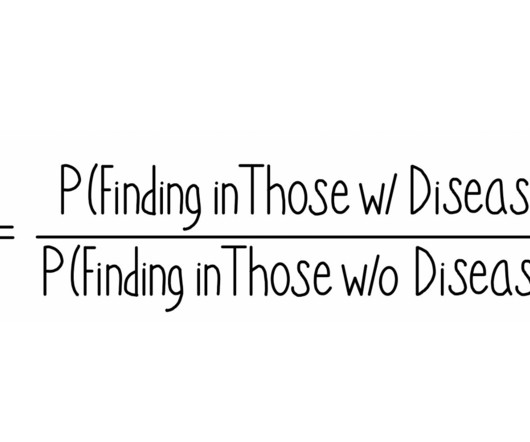
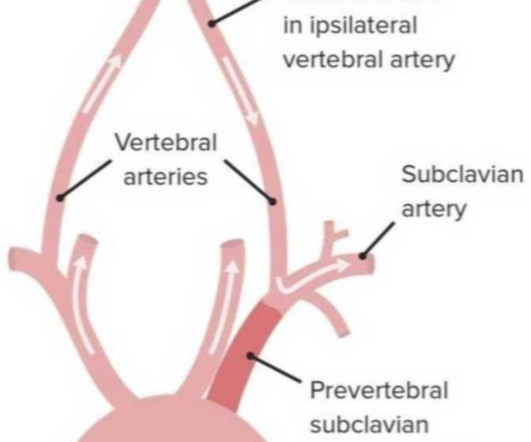
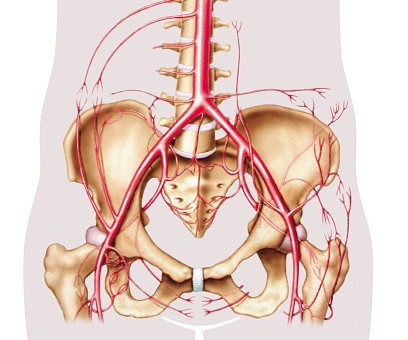
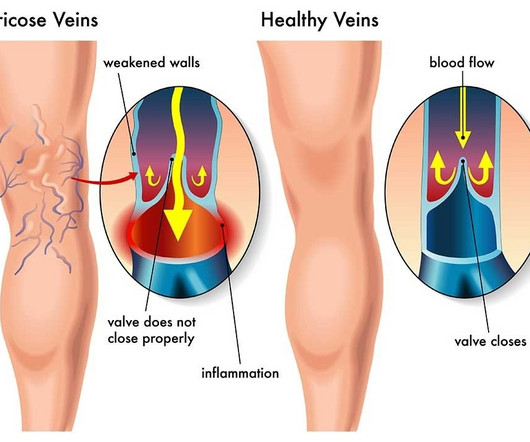


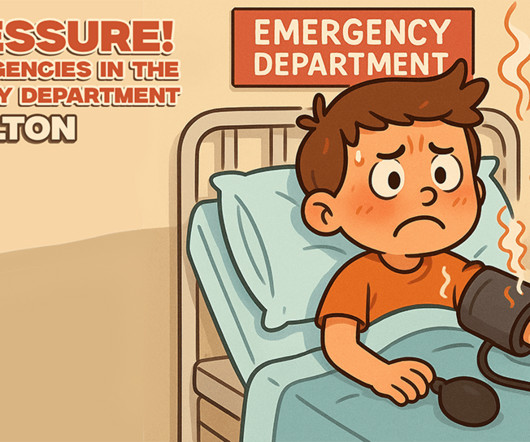










Let's personalize your content